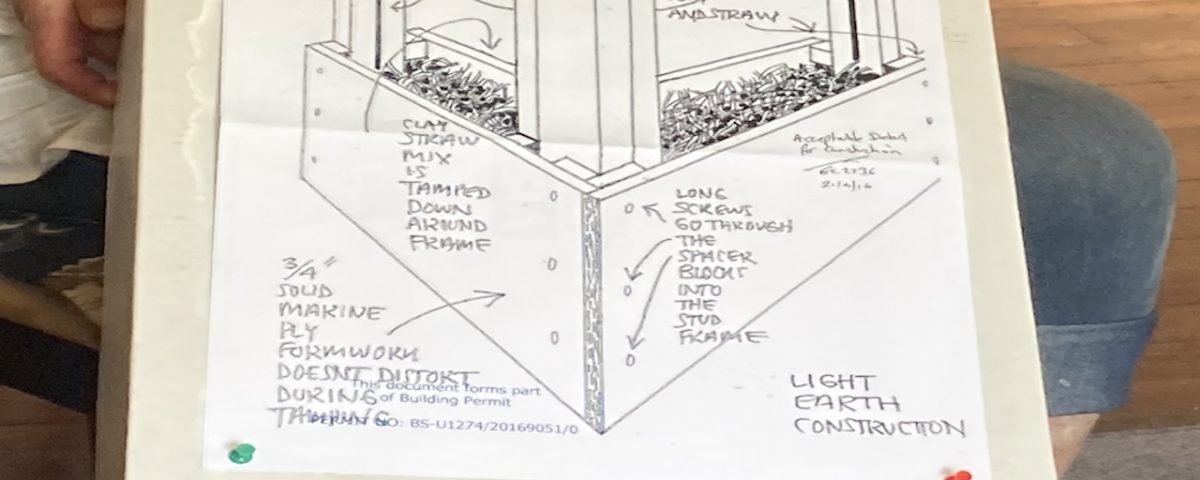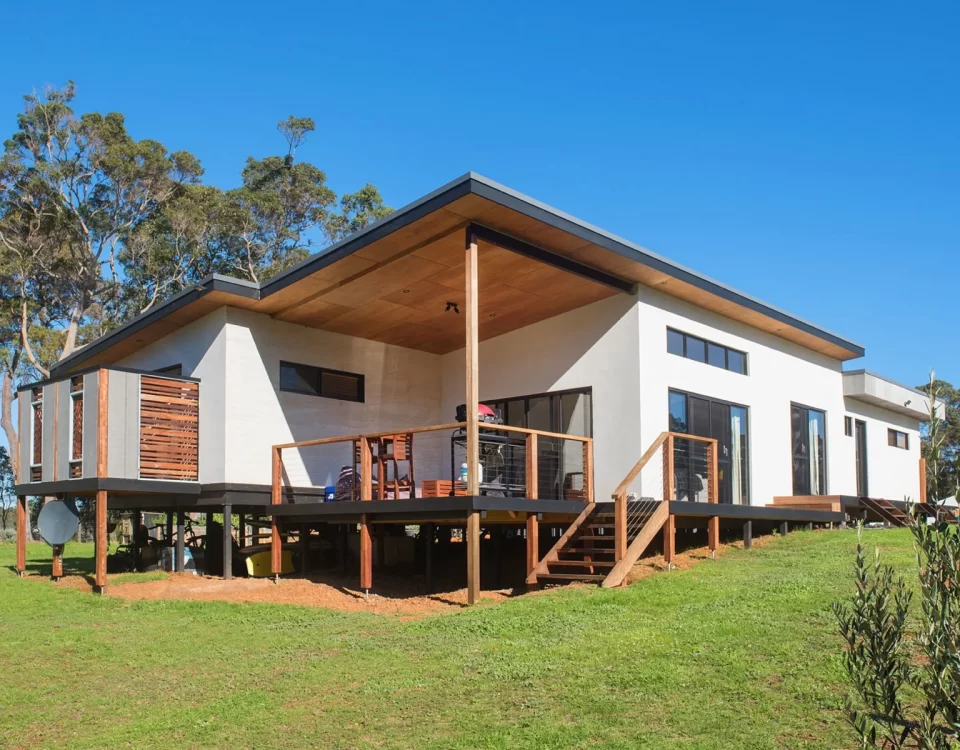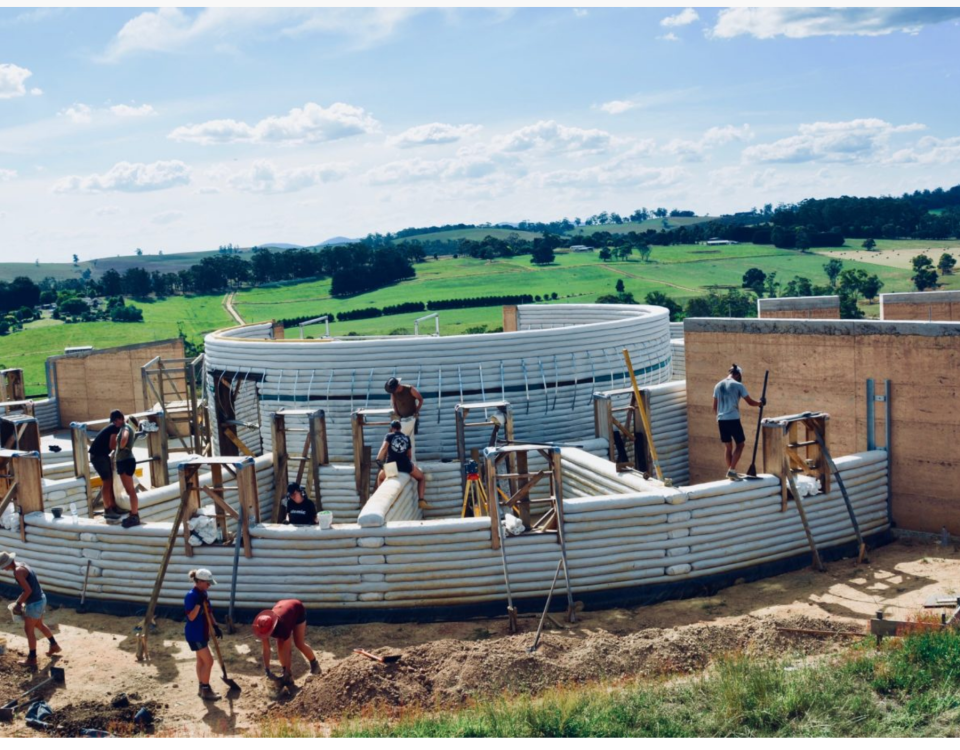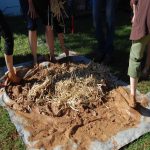
Natural Building in the suburbs of Sydney
27/06/2023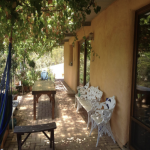
Strawbales – What are they and how are they being built across Australia?
05/07/2023Planning and Permits: an overview for natural builders
So you think you want to build naturally, and you’re not sure what you should think or do first?
Finding land is an important first step, and it comes with a range of questions and options. Of course, this blog is going to be general in nature, and may not apply to all situations, all locations and all kinds of dwellings. Please use this as a guide and do your own research or find a list of professionals on our directory page
To find the right land, it’s important to think hard about things like what your needs, wants, compromises, capacity (now and into the future) and budget are. Then you’ll need to think about access, orientation, water and wind movement, soil composition, proximity, size, management, water sources (ie natural creeks, streams or valleys). (I will post a presentation on this topic on the Resources page in coming weeks).
Once you know where you’d like to be (i.e what region) then you can start to locate a block that will work for what you need. Once you have found your block, through websites, or word of mouth, or just from driving around looking for ‘sale’ signs, it’s time to consider what and where you want to build.
To do this, you’ll need to figure out the allotment on the plot and where the building permit is going to be. This is sometimes listed on the contract, other times on caveats on the title or deed, and sometimes you will only figure it out once you’ve had a chat with locals in the area, or go in to council and discuss the overlays and zoning regulations that might affect what you do on that land. You can go online, across any state in Australia, to find the planning overlays, ordinances and regulations that may affect what you want to do on that parcel, and what may be happening in the broader area in the future. You can also do title searches in any area and find out about parcels of land that may not be advertised on the open market but could be made an offer on once identified.
From the planning websites, you can figure out what things may affect the scope of the project (i.e how many dwellings will be permitted in that area, or in that particular zoning) and what kinds of overlays (bush fire, flooding, conservation values, inundation etc) may affect the permit process. A tip is to look our for rural living, over farm land, as it has often been designated for building whereas farm zone can often be difficult if it is under a certain acreage).
Once you have devised where and what you want to build, it may be time to engage a draftsperson, or chat to local council. There is no hard and fast rule to this process, but best to be transparent if you’re planning something that may be challenging to council who has not had this type of building or land configuration before. It may be worthwhile getting help from a planning consultant who knows the people you will be needed permission from, and what their experience has been getting similar or like developments through in the past. Some plots will require a planning permit to make renovations and amendments, others may only require a building permit. Best to chat to council about what is required and then you can move towards getting your building Permit.
Here is a generalised overview of the difference between a planning and building permit
We’ll leave building permits and owner building for the next blog.

